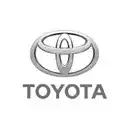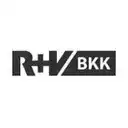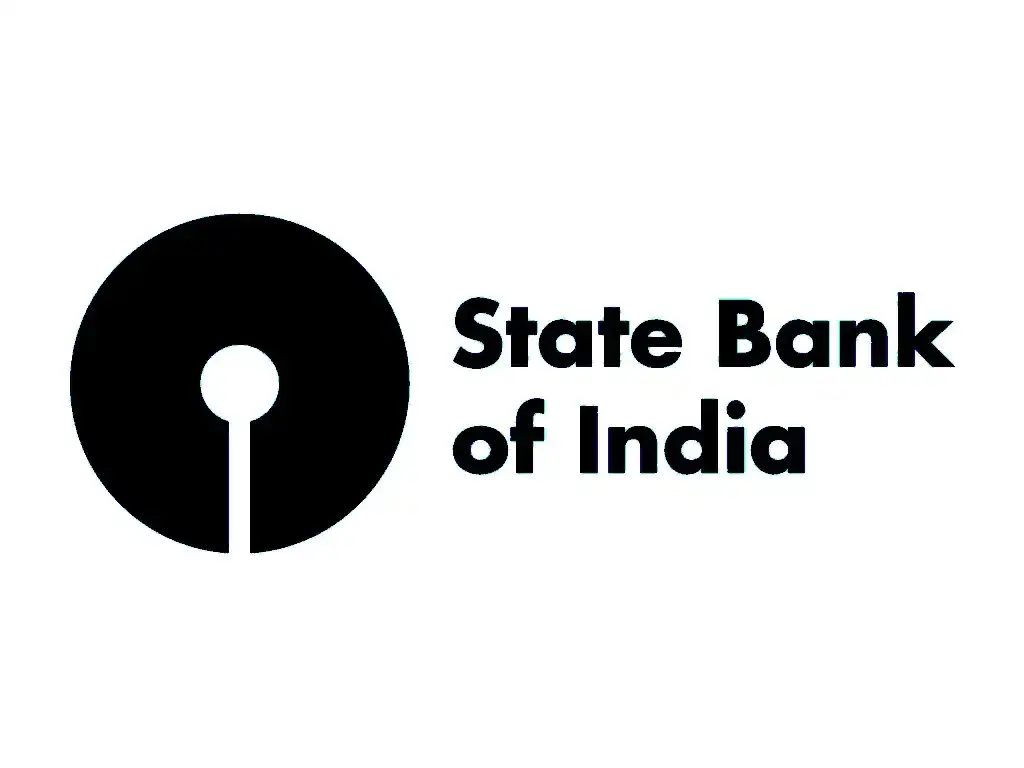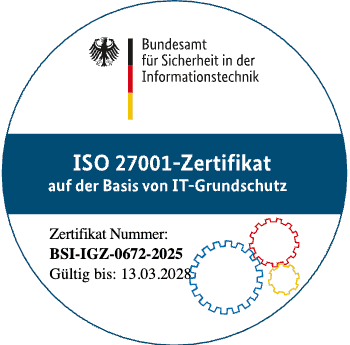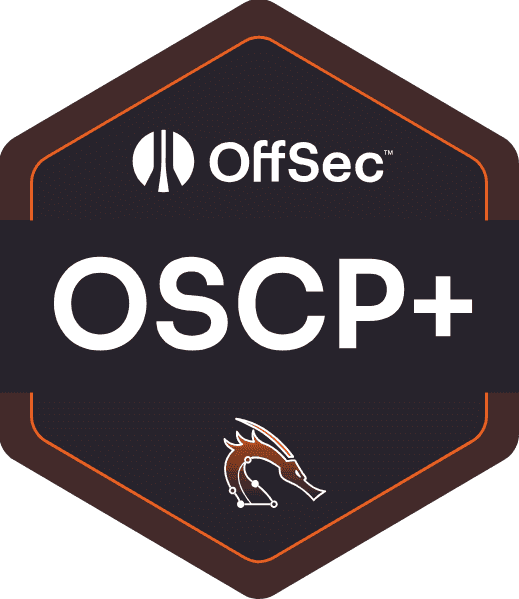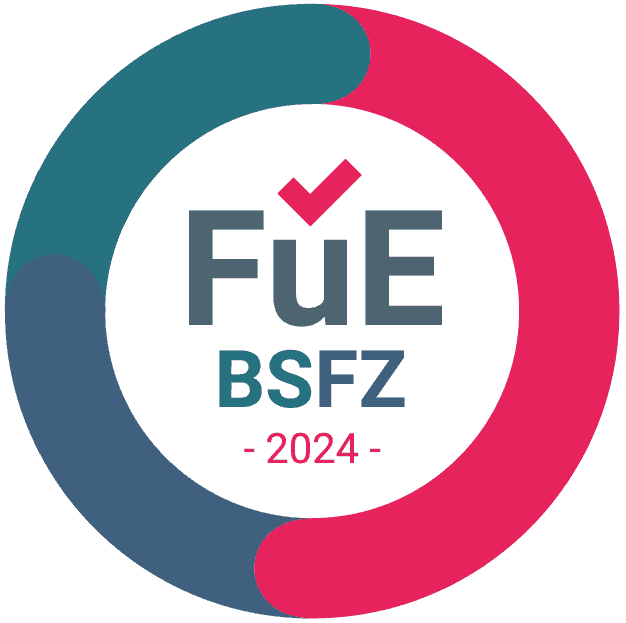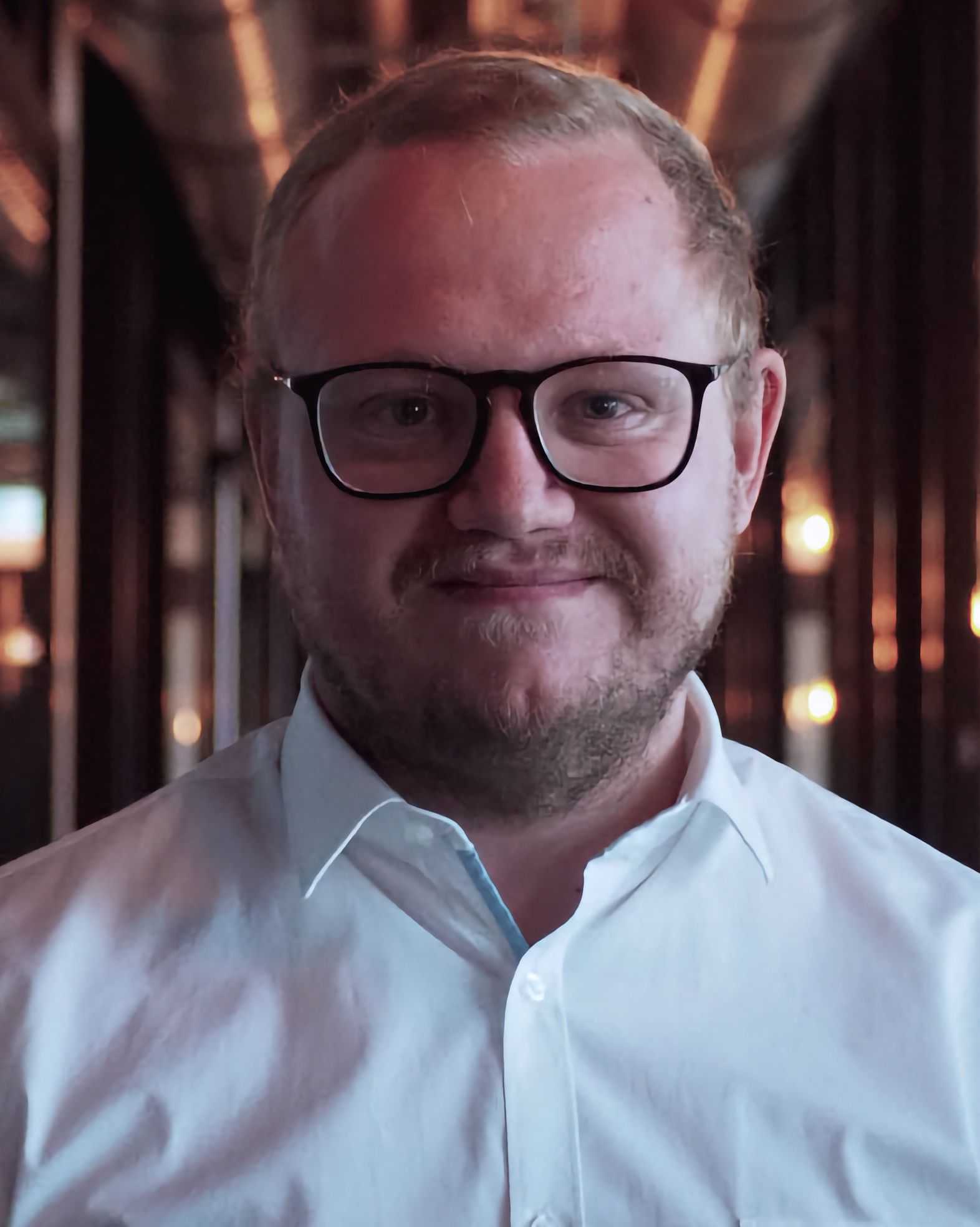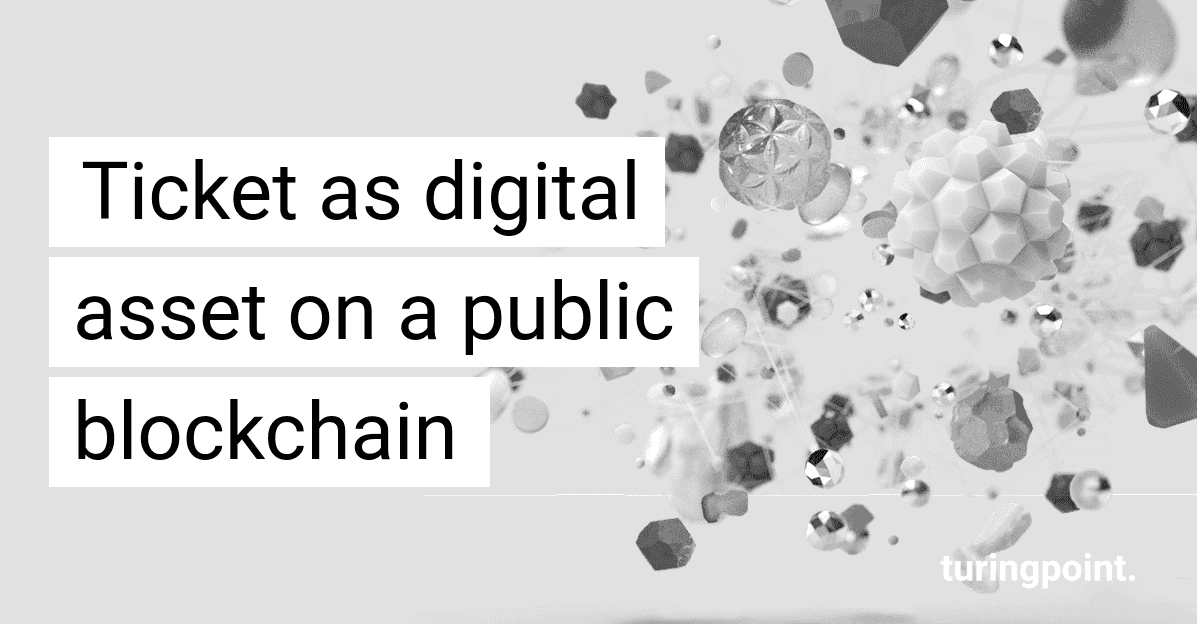Blockchain Development - Secure Solutions for Your Project
A blockchain is a growing list of data records, called blocks, which are linked through cryptography. Each block contains a cryptographic hash of the previous block, a timestamp, and transaction data.
Definition and Explanation
What is a Blockchain?
A blockchain is a new type of database model that can create trust when maintained in a decentralized consortium. The performance of this system is lower than traditional systems, as operations on this database are always associated with cryptographic procedures. A change of ownership on this distributed database is only possible if the owner digitally signs the public key of the next owner and appends the data to the current data inventory. This structure guarantees a seamless audit trail and is needed for a consensus mechanism. All these entries, also called transactions, are summarized in blocks that also depend on each other. This database model is primarily needed for decentralized decision-making.

Distributed Ledger
The Advantages of Blockchain Technology
The blockchain technology offers a multitude of advantages that are utilized in various application areas such as cryptocurrencies and supply chain management.
- Decentralization
- No central control authority, but a distributed network
- Increased fail-safe and independence from intermediaries
- Example: Cryptocurrencies like Bitcoin operate without banks
- Security
- Cryptographic encryption protects data and transactions
- Manipulation is nearly impossible as changes in the network must be confirmed
- Example: Secure financial transactions, identity management
- Transparency
- All transactions are visible in the ledger for all participants
- Traceability and trust between the parties involved
- Example: Tracing of products in the supply chain
- Cost efficiency
- Elimination of intermediaries reduces transaction costs
- Automation through Smart Contracts saves time and resources
- Example: Cheaper and faster international payments
- Efficiency Increase
- Automated processes and fewer manual checks
- Faster processing of transactions and data reconciliations
- Example: Real-time tracking in logistics
- Immutability
- Once stored data cannot be deleted or altered
- Protection against fraud and subsequent manipulation
- Example: Tamper-proof documentation of supply chains
Blockchain Infrastructure
Consensus Mechanism for Decision Making
A consensus mechanism is a process in which a network of nodes ensures a guaranteed order of transactions and validates the block of transactions. The consensus mechanism must provide the following core functionalities:
- Validator
Confirms the correctness of all transactions in a proposed block according to the guidelines.
- Deterministic Execution
Agrees on order and correctness, thus on the same results of deterministic execution.
- Smart Contract Layer
Interfaces that depend on the smart contract layer to verify the correctness of the number of transactions in a block.
Foundation for the Metaverse, Web3, DeFi, Crypto and NFTs
Do I Need a Distributed Database - Sensibility
Most applications make more sense in a centralized form or are not representable with blockchain technology. This illustration developed by NIST in Blockchain Technology Overview provides clarity regarding the meaningfulness of the technology.
Technical disadvantages of blockchain-based solutions compared to traditional methods can include high latency times, lower data throughput, and high CPU utilization. Possible advantages can include higher fail-safety, trustworthy processes, and lower costs for reconciliation through the shared database.
Nevertheless, this technology is the basis for the Metaverse, Web3, DeFi, Crypto, and NFTs.
Blockchain 101
Basics of Blockchain
Smart Contracts ensure trust and aim to reduce transaction costs between parties. All consortium participants execute this contract as a software procedure to achieve the same result. Thus, this process remains more trustworthy than traditional processes, guarantees a higher failure safety, and offers the possibility to represent complex relationships.
- The Consortium - Network
- The consortium that operates this software must be organized in a flat hierarchy. This is the key point in this concept, because if a single point controls the network, there is no need for a blockchain. This goal is difficult to achieve, as all participants must agree on a uniform process, which can lead to a conflict of interest. This point also involves a lot of politics. If a party is in conflict with, for example, the transparency of the business logic, it cannot participate in the given process. It is important that each stakeholder maintains a blockchain as their own view of the network and participates in the consensus.
- The Business Logic - Smart Contract
- Smart Contracts ensure trust and aim to reduce transaction costs between parties. All consortium participants execute this contract as a software procedure to achieve the same result. Thus, this process remains more trustworthy than traditional processes, guarantees higher fail-safety, and offers the possibility to represent complex relationships.
- The Wallet - The Asset Management
- The wallet refers to a software that stores and manages the keys for transactions. With signing, for example, a transaction can be sent or a smart contract can be executed.

Meaningfulness
Strategy Development with SWOT Analysis
The following SWOT analysis examines a process optimization between several enterprises through the use of blockchain technology.
- Strengths
- Confidential processes across corporate bonds
- Immutable data record
- Complex business logic can be represented.
- Weaknesses
- More effort compared to traditional systems
- Complex system
- Inefficient data management
- Oracle problem
- Opportunities
- Inefficient processes can be solved across the company in a trustworthy manner
- Transparency for authorized individuals
- Threats
- Policy in the Consortium
- Stakeholders must have uniform processes and interests
- Possible scaling issues

Conceptualization & Development
The Development Process
An individual Proof of Concept will demonstrate for each use case whether a blockchain-based solution can be the advantageous technology. For a well-founded assessment, a comprehensive cost-benefit analysis would have to be carried out, which includes the entire settlement process including the subsequent processes. The assessment of these aspects will vary depending on the use case.
- Conceptualization
Based on a previously created concept, a suitable framework and programming language are selected. Here, several criteria are taken into account, such as the size of the network, the transactions per second, the consensus mechanism, possible delimitations of private data, or the target system running the software. Since scalability is a problem with blockchain technology, business logics must be ported into small data structures to ensure smooth program execution.
- Development
From a technical perspective, this disruptive technology is extremely inefficient, but it provides trust when all framework parameters are correctly defined. Our development is always, unless otherwise desired, agile and involves a lot of customer interaction to avoid inconsistent information levels.
Range of Services for Cyber Security
Further Meaningful Services within the Scope of an IT Security Audit
- Smart Contract Audit
- Smart Contracts are programs that are executed decentrally by every participant in the network. Therefore, Smart Contracts require more careful checks, as they are economically rewarding targets for hackers.
- Penetration Test
- Penetration tests are simulated attacks from external or internal sources to determine the security of web applications, apps, networks, and infrastructures and to reveal any vulnerabilities.
- Static Code Analysis
- Static code analysis, also known as source code analysis, is typically performed as part of a code review and takes place during the implementation phase of a Security Development Lifecycle (SDL).
- Cloud Security
- Due to the increasing complexity of cloud infrastructures, many services are incorrectly configured. We help you identify and eliminate misconfigurations and their effects.
Coding languages
Programming Languages and Tools for Blockchain Development
The following tools and languages form the basis for the development of modern blockchain applications, from decentralized financial platforms to in-house solutions:
- Solidity
- Usage: Primary language for Smart Contracts on Ethereum and compatible blockchains (e.g. Binance Smart Chain).
- Features: Similar to JavaScript/C++, Turing-complete, strong community support.
- Examples: DeFi protocols like Uniswap, NFTs.
- Rust
- Usage: High-performance blockchains like Solana, Tari or Polkadot.
- Features: Focus on security and storage efficiency, ideal for scalable networks.
- Python
- Usage: Prototyping, data analysis, integration with frameworks such as Hyperledger.
- Features: Simple syntax, libraries like Web3.py for Ethereum interaction.
- JavaScript/TypeScript
- Usage: Development of decentralized apps (dApps) via Node.js or Web3.js.
- Features: Wide usage in frontend/backend, integration with tools like Truffle.
- Go (Golang)
- Usage: Enterprise blockchains like Hyperledger Fabric.
- Features: Efficient parallel processing, modular structure.
- Java
- Usage: Private/permissioned blockchains, enterprise solutions.
- Features: Platform independence, robust architecture.
- C++
- Vyper
- Usage: Security-oriented smart contracts on Ethereum.
- Features: Simplified syntax compared to Solidity, lower risk of errors.
Modern Frameworks
The Following Development Tools and Frameworks are Available:
- Truffle Suite
- Purpose: Development, testing, and deployment of Ethereum Smart Contracts.
- Features: Integrates testing tools, debugging, and script automation.
- Remix IDE
- Purpose: Browser-based tool for writing and deploying Smart Contracts.
- Features: Direct interaction with Ethereum, Solidity support.
- Hardhat
- Purpose: Ethereum development with a focus on testing and debugging.
- Features: Local testnets, plugins for enhanced functionality.
- Web3.js/Ethers.js
- Purpose: JavaScript libraries for interaction with Ethereum nodes.
- Features: Simplified integration of dApps into frontends.
- Geth
- Purpose: Implementation of an Ethereum client in Go.
- Features: Operation of nodes, mining, transaction processing.
- Hyperledger Fabric
- Purpose: Development of private corporate blockchains.
- Features: Modularity, privacy via "Channels", scalability.
- Substrate (Rust)
- Purpose: Construction kit system for tailor-made blockchains (e.g. Polkadot).
- Features: Plug-and-play modules, rapid prototype creation.
- MetaMask
- Purpose: Wallet integration for dApps in the browser.
- Features: Key management, transaction signing.
- Chainlink
- Purpose: Oracle network for smart contracts with external data sources.
- Features: Decentralized data feed integration.
Contact
Curious? Convinced? Interested?
Schedule a no-obligation initial consultation with one of our sales representatives. Use the following link to select an appointment:


